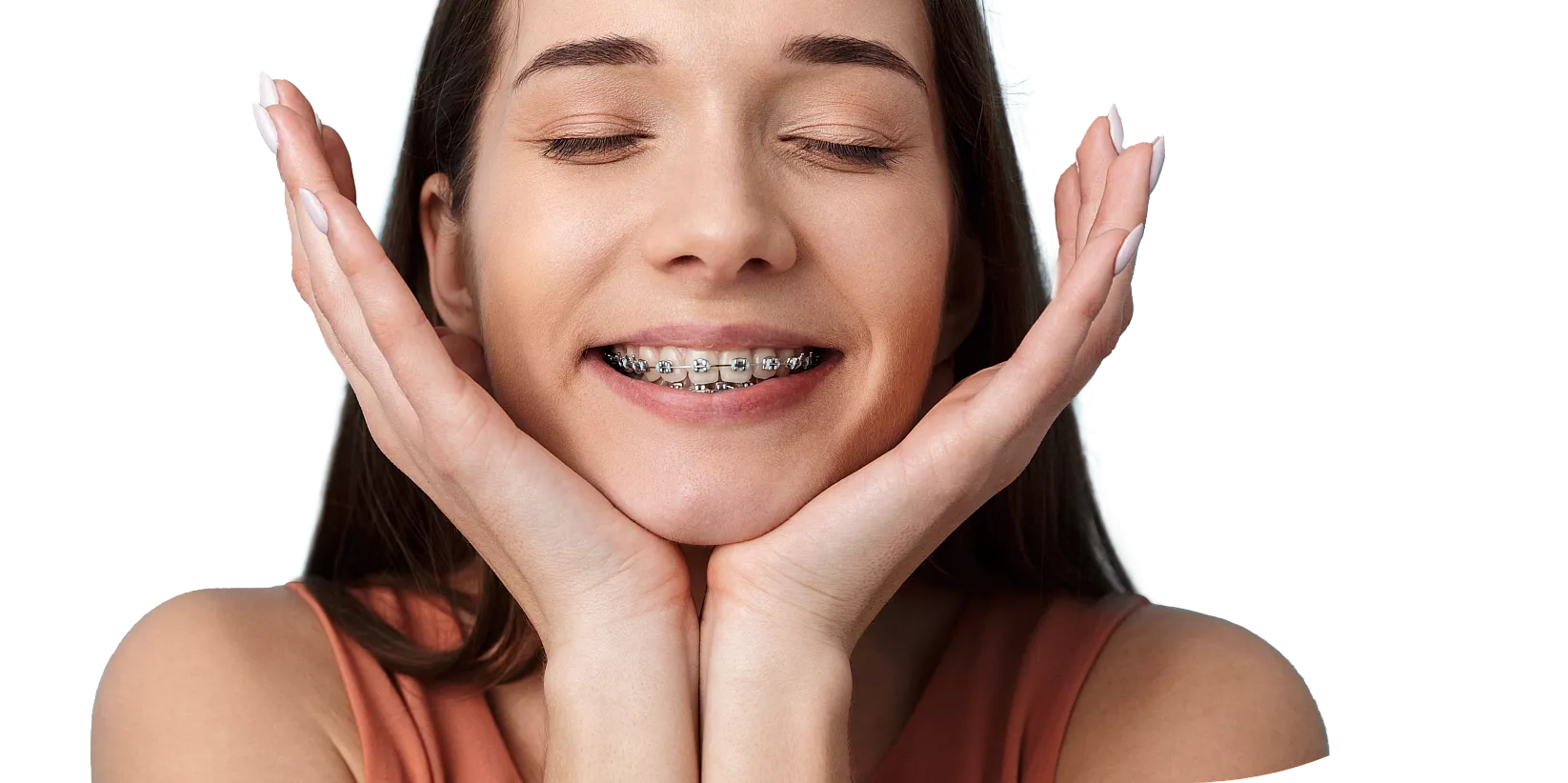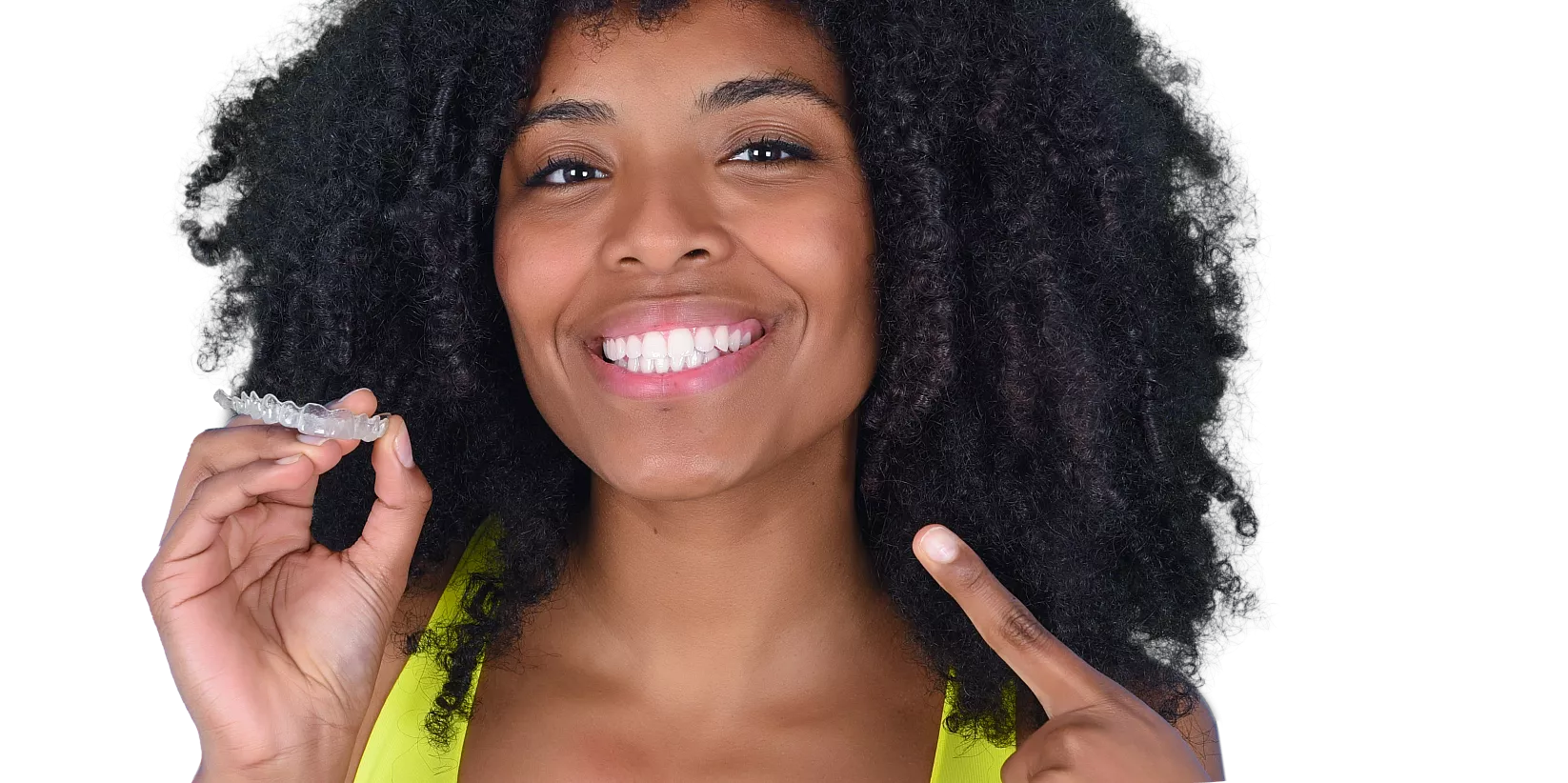
By age
What to expect when getting braces
Embarking on the journey to braces? Discover what lies ahead! This guide offers insights into the process of achieving a confident smile.

02
Step 02
01
Step 01
03
Step 03
01
Step 01
02
Step 02
03
Step 03
Braces FAQs
The guideline set out by the Canadian Association of Orthodontists states that children should see an Orthodontist for an early evaluation by the time they turn seven. By this point, a child’s jaw and teeth will have formed enough so that any developing issues are obvious, and an Orthodontist will be able to identify what treatment, if any, will be beneficial. For most patients, treatment won’t start until well after age seven. You don’t need a referral to have your child assessed by a docbraces Orthodontist.
- Development of poor habits like finger or thumb-sucking
- Tongue thrusting
- Mouth breathing or breathing with greater difficulty than should be expected
- Delayed or impeded speech
- Crowding of teeth on the upper or lower jaw
- Crooked eruption of adult teeth
- Premature loss of baby teeth
- Late loss of baby teeth
- Headaches
- An obvious overbite or underbite
There are many ways in which having Invisalign can have a positive impact on your overall health and well-being. First, braces or Invisalign can make a huge difference for your self-confidence as they can alleviate any concerns that you have about your teeth and smile. Second, braces can reduce the likelihood of several diseases, such as tooth decay or gum disease, and can even prevent the development of heart disease. Finally, treating any issues you have with your bite or the alignment of your teeth can greatly reduce the likelihood of you needing more expensive or complex treatments like jaw surgery or a tooth extraction.
Your treatment is as unique as you are, so there is no “one size fits all” length of time that you’ll wear your braces or undergo other forms of treatment. However, average treatment times typically range between six and 24 months and each case varies in complexity. Patients who practice good oral hygiene can expect to have a positive impact on their treatment. Keeping up good habits like regularly flossing and brushing your teeth can help your treatment go faster, as can complying with treatment recommendations, like wearing your elastics.
Although you might be familiar with the metal braces many people associate with orthodontic treatment, you’ll be pleased to know that the technology behind braces has come a very long way. Newer braces are much more comfortable, with most patients describing their discomfort as mild to moderate. You may experience some discomfort only in the first few days of your treatment and/or after an adjustment. Over-the-counter pain medications that you would normally take for headaches are effective for reducing any discomfort you might feel during your treatment.







